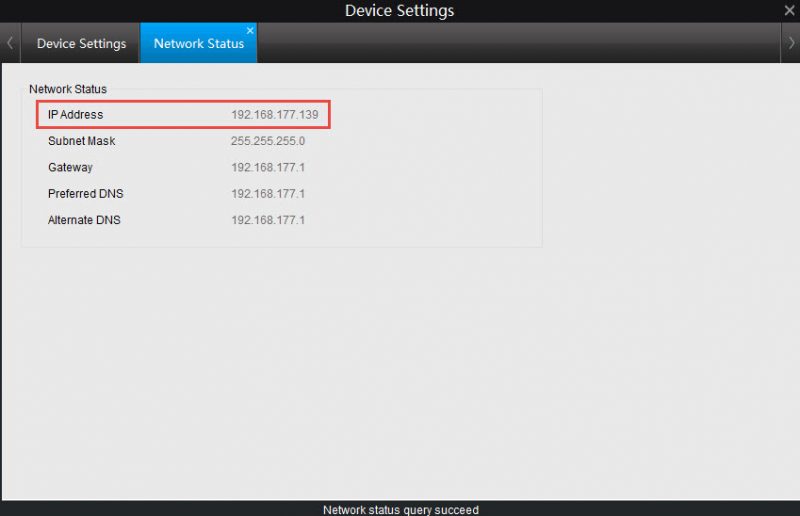

The benefit of this is the Internet user sees only your ‘Public IP Address’ (your modem or router) and can not see your ‘Internal IP Address’ so they have no direct access to the device other than through the software they are using to access it. The porting guides the incoming signal to the correct device. Using ‘Port Forwarding’ allows a company to set up Internet access to a device on the LAN. Allows a company to safely set up a device on the Internal Network for access from the Internet. 100 or more computers using that router show up as 1 single address to the Internet (Many addresses to One address)ģ.

Since the router is the only connection to the Internet, it’s address is the only one visible to the Internet. This is where the term ‘Many to One’ comes from. Internal address ranges are hidden from the public and are not part of the Internet address scheme. Since they’re used internally only, there’s no possibility of conflict with IP addresses used by other companies and organizations.Ī company using a hundred computers or more only needs 1 Internet address. Enables a company to use more internal IP addresses. This helps keep your computer ‘anonymous’ on the Internet.Ģ. Your routers’ External address is what shows up. Provides a type of firewall by hiding internal IP addresses.Įven though your computer shows an address of 192.168.1.115 – when you browse the Internet – your address shows as something entirely different to any Internet computer. The router ‘translates’ different subnets for you, allowing you to communicate outside of your subnet.ġ. Your computer can not communicate with another computer that does not have an address in the same ‘subnet’. (Address range)Įverything on the outside of the router uses different IP addresses and Subnets – the router allows you to communicate with other devices in other subnets. Your computer will only communicate with IP addresses that are on your same subnet. Your computer should be connected on the inside (LAN) with an Internal or private address. There are two sides to the router, the External (WAN) side and the Internal (LAN) side. Your router is a Gateway, or ‘door’ to the Internet. There are different types of NAT, but we’ll stick to the easy non-technical explanation of ‘Many to One’ NAT.

Open a browser and type in the IP address of the router, now you are able to access the IP camera from the Internet.NAT is Network Address Translation.
#FREE PORT FORWARDING FOR CAMERA DVR MANUAL#
For more details, please consult the manual of your router.ģ. Please be noted that each router may look different in some ways, however, the concept of the port forwarding setting is the Set up the port forwarding settings on the router. You can change the port numbers if necessary.īe sure the port numbers setup on the router match the ones setup here.Ģ. Click theĪpply button.The default ports of all EverFocus’ IP cameras are as below. Type in the subnet mask, gateway and the DNS if provided by the Internet Serviceī. Enter the port numbers and check the Enable UPnP Port Forwarding box to enable the port forwarding function. On the Setting page of the IP camera (Setting < System Setting < Network)Ī. Set up a static IP for the IP camera. To enable the IP camera port forwarding function, you have to configure the port forwarding settings both on the IP camera and the router (UPnP-enabled). IP Camera port forwarding can be used when users need to access a certain IP camera from outside of the local network where the IP camera is connected to.


 0 kommentar(er)
0 kommentar(er)
